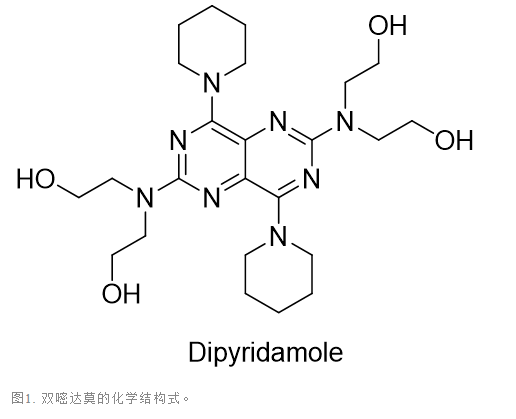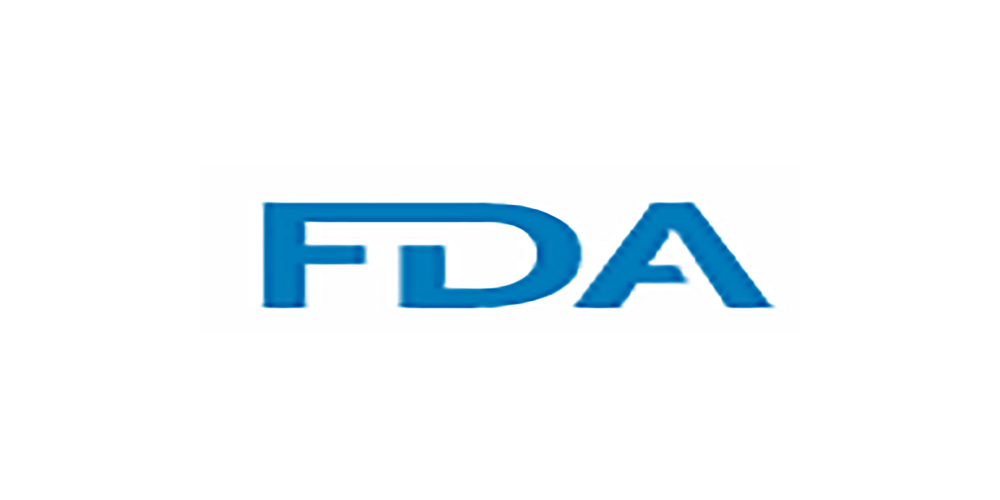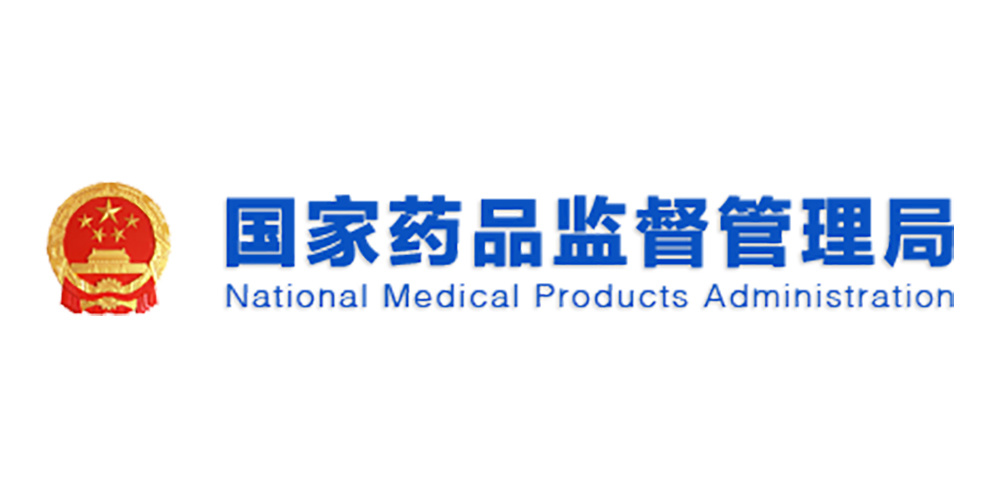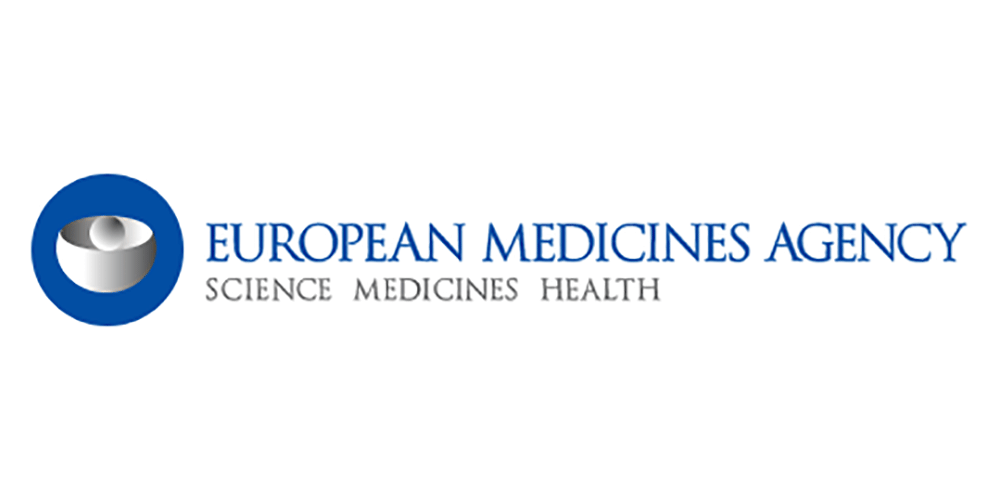News attention
10
2020
-
02
Scientific Research News | Research Progress of novel coronavirus Pneumonia (COVID-19) (10)
1. 2019-nCoV Epidemic Alert
2020 Feb 2
■ The joint prevention and control mechanism of the State Council held a press conference on the afternoon of February 2, at which the spokesperson issued a notice on the provisional naming of pneumonia infected with the new coronavirus on the spot: the pneumonia infected by the new coronavirus is uniformly called "new coronavirus pneumonia", referred to as "new coronary pneumonia", and the English name is "Novel Coronavirus Pneumonia", abbreviated as "NCP".
■ Regarding the supervision measures for illegal trade in wild animals, Yang Hongcan, director of the Enforcement and Inspection Bureau of the State Administration for Market Regulation, said that at present, the rectification of the wildlife trading market has been strengthened, and efforts have been made to investigate and deal with cases of illegal trade in wild animals." From the issuance of the announcement on January 1 to February 21, the national market supervision department inspected business premises a total of 2.6 million times, monitored e-commerce platforms and websites 149,8 times, closed business to rectify more than 49,1 markets and business households, and urged the removal, deletion and blocking of 3700,7 pieces of information. In the next step, "our State Administration for Market Regulation will guide local market supervision departments to strictly implement the notice of the State Administration for Market Regulation and other five departments on jointly carrying out special enforcement actions for illegal wildlife trade, strengthen law enforcement linkage, highlight case investigation, and severely crack down on any form of illegal wildlife trade, and transfer suspected crimes to the public security organs." At the same time, it is necessary to strengthen publicity and education, advocate civilized food culture, and guide consumers not to buy and eat illegally caught and traded wild animals. ”
■ Regarding the recent concern about the fecal-oral transmission of novel coronavirus pneumonia, Feng Luzhao, a researcher at the Chinese Center for Disease Control and Prevention, answered at the press conference, "At present, the main transmission route of the new coronavirus is still through respiratory droplet transmission and contact transmission. The so-called fecal-oral transmission refers to if the patient's feces contaminate food and water, and become infected by entering the human digestive tract, and the disease enters from the mouth, which is what we often call fecal-oral transmission. Fecal-oral transmission is not uncommon in infectious diseases, such as hand, foot and mouth disease and cholera. Recently, the National Health Commission organized expert research that stool samples in confirmed cases reported in some provinces tested positive for viral nucleic acid, suggesting that the new crown pneumonia has the possibility of fecal-oral transmission, but it is still uncertain whether it can cause infection or transmission by eating food or water contaminated with the virus. However, the current prevention and control work has fully considered the risk of fecal-oral transmission, and the "Novel Coronavirus Pneumonia Prevention and Control Plan (Fourth Edition)" issued by the National Health Commission on February 2 has put forward corresponding measures and requirements for laboratory testing, management of close contacts, protection of specific groups of people and disinfection of specific places. The next step is to continue to strengthen research to determine whether the coronavirus can cause infection by eating food contaminated with the virus. For the public, especially for catering workers, it is necessary to develop good personal hygiene habits, maintain hand hygiene, wash hands before eating, after using the toilet, and after touching easily contaminated items, which is also a very important measure for us to protect against new coronavirus infection. ”
■ On February 2, the Joint Prevention and Control Mechanism of the State Council in Response to the Novel Coronavirus Pneumonia Epidemic issued the Notice on Strengthening the Treatment of Maternal Diseases and Safe Midwifery during the Prevention and Control of the Novel Coronavirus Pneumonia Epidemic, which puts forward the following requirements for strengthening the safety management of pregnant women and newborns. The first is to actively guide pregnant women to do a good job in protection and maternal health care. All local midwifery establishments shall strengthen the prevention and control of hospital infection, strengthen maternal health education and consultation guidance, guide pregnant women to reasonably arrange the time for prenatal examinations, and promptly go to medical institutions for hospital delivery. The second is to strictly manage the treatment of pregnant women with fever. All localities shall set up fever clinics in midwifery establishments where conditions permit, and promptly announce the list of institutions to the public. Midwifery institutions shall establish a pre-examination and triage system, and fever clinics shall conduct screening of febrile pregnant women. For suspected or confirmed pregnant women, refer them to designated hospitals as soon as possible in accordance with regulations. Self-referral of suspected or confirmed pregnant women is strictly prohibited. Midwifery establishments shall implement special management of high-risk pregnant women. The third is to effectively guarantee suspected and confirmed maternal prenatal examination and safe midwifery services. All localities shall, on the basis of the number of pregnant women and midwifery technical service resources in their jurisdiction, designate a number of midwifery institutions with strong comprehensive treatment capabilities as designated hospitals for pregnant women, giving priority to ensuring the admission and treatment of suspected and confirmed pregnant women. Designated maternal hospitals should effectively provide prenatal examination and safe midwifery services for suspected and confirmed pregnant women. The list of institutions shall be promptly announced to the public. All localities shall do a good job in the treatment of critically infected pregnant women within their jurisdiction. The fourth is to strengthen intrapartum management and newborn treatment of suspected and infected pregnant women. For delivery of women with suspected or confirmed infection, obstetric and paediatric cooperation should be strengthened. Newborns delivered by suspected or confirmed infected mothers shall be classified and managed after evaluation by the neonatal department, and those with severe clinical manifestations should be promptly transferred to designated hospitals with strong neonatal treatment capabilities.
■ Zhang, the first confirmed pneumonia patient infected with the new coronavirus in Tibet, had stable vital signs. All 32 of his close contacts met the criteria for lifting medical observation and were officially released from isolation for medical observation on February 2. So far, no new confirmed or suspected cases have been reported in the Tibet Autonomous Region for nine consecutive days.
2 . 2019-nCoV therapeutic drug research progress
2020 Feb 2
■ Yuxia Zhang and Yan Zhang of Guangzhou Medical University and Haibin Luo of Sun Yat-sen University published a non-peer-reviewed article on the preprint platform medRxiv, which pointed out that the expression pattern of ACE2 gene in the human gut was analyzed at single-cell resolution, consistent with the recently reported gastrointestinal tract as a potential pathway of novel coronavirus infection. Notably, the SARS-CoV Spike protein was involved in downregulating ACE2 expression and activating RAS. Given that hypertension is common in severe 2019-nCoV pneumonia, it is very likely that the lungs of patients with severe pneumonia have RAS activated. The factor Xa inhibitor rivaroxaban (trade name: Xarelto) and the AT1R blocker blocker valsartan (valsartan trade name: Daiwen) are effective in reducing lung injury and pulmonary embolism in experimental animal models and clinical trials, and their therapeutic effects on the novel coronavirus may be worth exploring. Dipyridamole is another anticoagulant drug. In clinical trials, dipyridamole has promoted mucosal healing and improved clinical symptoms in patients with colitis or IBD. More importantly, published clinical studies, including those conducted in China, have shown that dipyridamole has a broad-spectrum antiviral effect. Therefore, it is also worth considering to study the therapeutic effect of dipyridamole in patients infected with the new coronavirus. Whether it can protect individuals from viral infections by using its antiviral effects, or even help infected patients quickly and effectively lower body temperature and protect other organs from damage still needs to be confirmed in clinical trials [1].

3. 2019-nCoV epidemiological study
2020 Feb 2
■ Zhu Guangfa of Beijing Anzhen Hospital affiliated to Capital Medical University and Xie Lixin of PLA General Hospital published research papers online in the Journal of the American Medical Association, a top international medical journal, which reported the early clinical characteristics of 13 patients diagnosed with 2019-nCoV infection admitted to Beijing Hospital. In the study, the median age of patients was 34 years. After the novel coronavirus epidemic (average length of hospital stay was 2.5 days), 12 patients arrived in Wuhan, and one patient had no known contact with Wuhan. Twelve patients reported fever before hospitalization (average 1.6 days). Symptoms included cough (46.3%), upper respiratory congestion (61.5%), myalgia (23.1%), and headache (23.1%). Four patients underwent chest X-rays, while nine underwent computed tomography. In 4 patients, ground-glass opacity was observed in either the right or both lungs. As of 9 February 6, all patients have recovered, but 2020 patients remain isolated in hospital. This case series provides information on the epidemiology of disease outside Wuhan. Most of these cases were healthy adults, with only one patient over 2 years of age and one patient under 4 years of age, but this does not mean that older and younger populations are less susceptible, which may be associated with younger and older patients traveling less. In addition, most of the patients had traveled to Wuhan or had close contact with people from Wuhan, but 12 patient did not, indicating possible active virus transmission in Beijing. To prevent the virus from spreading to other cities in China, close surveillance will be required. These data contribute to the early clinical manifestations of 1-nCoV [50].
■ Lu Chengwei's team from the Department of Ophthalmology of the First Affiliated Hospital of Jilin University published a communication paper entitled "2019-nCoV transmission through the ocular surface must not be ignored" online in the top international medical journal Lancet, arguing that the transmission of 2019-nCoV through the eyes was ignored. Infectious droplets and body fluids can easily contaminate the human conjunctival epithelium. Respiratory viruses can cause ocular complications in infected patients, which in turn can lead to respiratory infections. Severe acute respiratory syndrome coronavirus (SARS-CoV) is transmitted directly or indirectly (indirect contact with the mucous membranes of the eyes, mouth or nose). Mucous membrane bare and unprotected eyes increase the risk of SARS-CoV transmission, suggesting that unprotected eyes, exposure to 2019-nCoV may cause acute respiratory infections. Thus, the respiratory tract may not be the only route of transmission of 2019-nCoV, and all ophthalmologists examining suspected cases should wear protective glasses [3].
Bibliography:
[1] Wang J, Zhao S, Liu M, et al. ACE2 expression by colonic epithelial cells is associated with viral infection, immunity and energy metabolism. medRxiv 2020.
[2] Chang D, Lin M, Wei L, et al. Epidemiologic and Clinical Characteristics of Novel Coronavirus Infections Involving 13 Patients Outside Wuhan, China. JAMA 2020.
[3] Lu C-w, Liu X-f, Jia Z-f. 2019-nCoV transmission through the ocular surface must not be ignored. The Lancet 2020.
Feed | Pingshan Biomedical R&D and Transformation Center, Scientific Research Department
Editor |
RELATED NEWS







